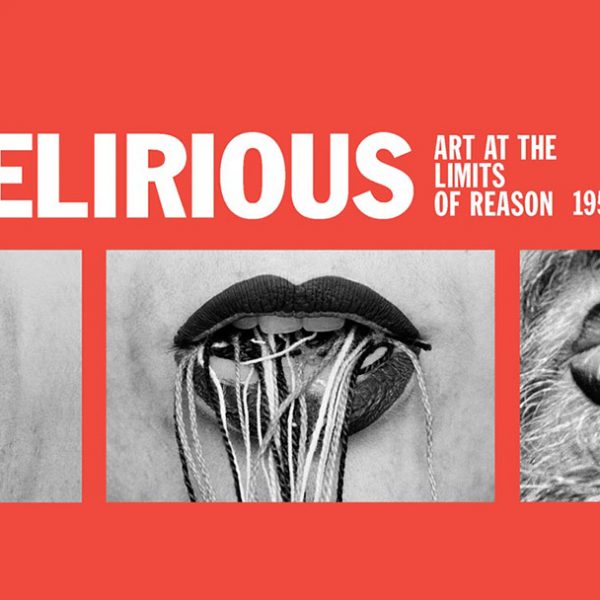Propaganda As Art?: Windows on the War
 A dog-like human figure squats on his haunches, a ball-and-chain around his ankle and another chain around his neck. The Nazi swastika on his armband is centermost in the picture. This image was one of many that depicted the Nazis as animals like gorillas and pigs, skeletons, green monsters, and Gollum-like goblins in Soviet Union propaganda posters from WWII. The Russian citizens the Nazi “creatures” are fighting in the posters are always attractive, strong, and correctly proportioned. Merely flipping through a few of the starkly colored “agitational propaganda” posters prompts a bit of Soviet patriotism even from those who have never been to Russia. Windows on the War: Soviet TASS Posters at Home and Abroad, 1941-1945, edited by Art Institute of Chicago curators Peter Kort Zegers and Douglas Druick to accompany an exhibition on view there until October 23, 2011, examines an art form that had been forgotten until now. The stenciled, handmade posters made by the Soviet TASS news agency during WWII are now available to the English-speaking public for the first time.
A dog-like human figure squats on his haunches, a ball-and-chain around his ankle and another chain around his neck. The Nazi swastika on his armband is centermost in the picture. This image was one of many that depicted the Nazis as animals like gorillas and pigs, skeletons, green monsters, and Gollum-like goblins in Soviet Union propaganda posters from WWII. The Russian citizens the Nazi “creatures” are fighting in the posters are always attractive, strong, and correctly proportioned. Merely flipping through a few of the starkly colored “agitational propaganda” posters prompts a bit of Soviet patriotism even from those who have never been to Russia. Windows on the War: Soviet TASS Posters at Home and Abroad, 1941-1945, edited by Art Institute of Chicago curators Peter Kort Zegers and Douglas Druick to accompany an exhibition on view there until October 23, 2011, examines an art form that had been forgotten until now. The stenciled, handmade posters made by the Soviet TASS news agency during WWII are now available to the English-speaking public for the first time.
Although the art community had initially ignored the TASS war posters for being “low art,” the posters have an important place in Russian visual culture. Illustrated, commercial posters first became popular in the 1880s across Europe and North America, but political posters did not take off in Russia until its Civil War. The WWII posters were, for their detail, creativity, and poetry, a peak in Russian propaganda art. The TASS posters were unusual in that their editors wanted to create “high art” posters as well as “low art” forms. The former tended towards realism with very limited circulation; the latter displayed graphic caricature and, because they were stenciled, could be more widely distributed. In general, TASS posters were often huge, sometimes up to six feet tall. They hung outdoors in windows, where citizens of the Soviet Union could learn quickly about Nazi atrocities and Ally victories. The news agency also sent their art to the United States to teach Americans about their ally’s mission.
What also sets apart the TASS images was that they represented the first time that Soviet poster art embraced “voyeuristic depictions of human suffering.” Odd mixes of eroticism and sadism was expressed in posters that showed beautiful women apparently ravaged and killed by grotesque Nazis. Bloody deaths by fire, hanging, or gunshot were vividly colored and drawn. The posters also reinforced anti-German rather than simply anti-Nazi sentiment: the editors were called upon to arouse hatred and mercilessness in the viewer. They demanded the deaths of Germans in general, and it is a rare poster that also shows the oppressed state of German citizens. German cartoonists and artists were at least as harsh, of course. A German poster depicting a dozen men, all of obviously different races and ethnicities, asks, “Serbs, Are Those Your Brother Slavs?” This collection at The Art Institute Chicago, however, demonstrates how similar propaganda techniques were in Russia and even, sometimes, the United States.


